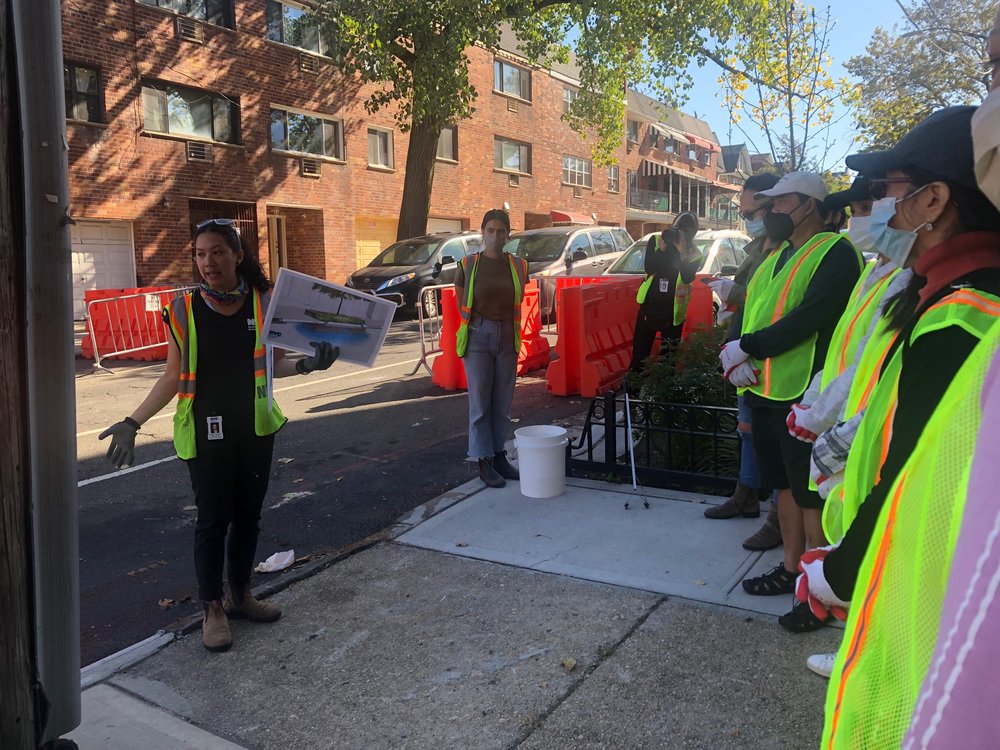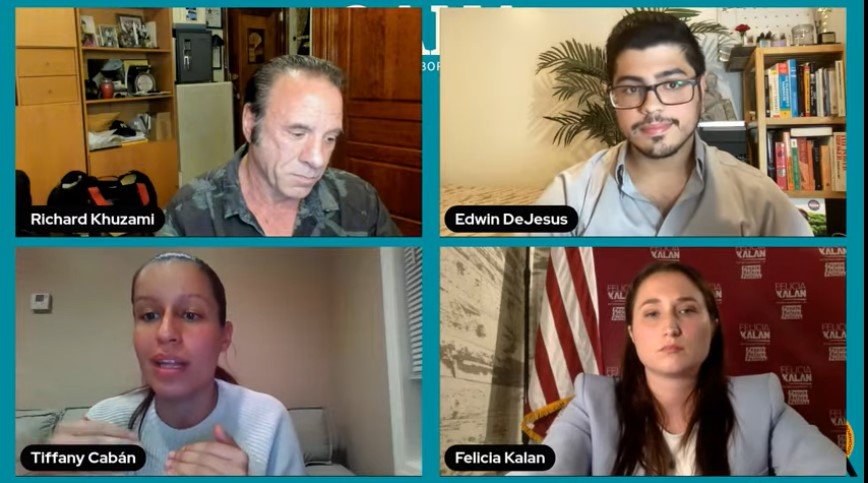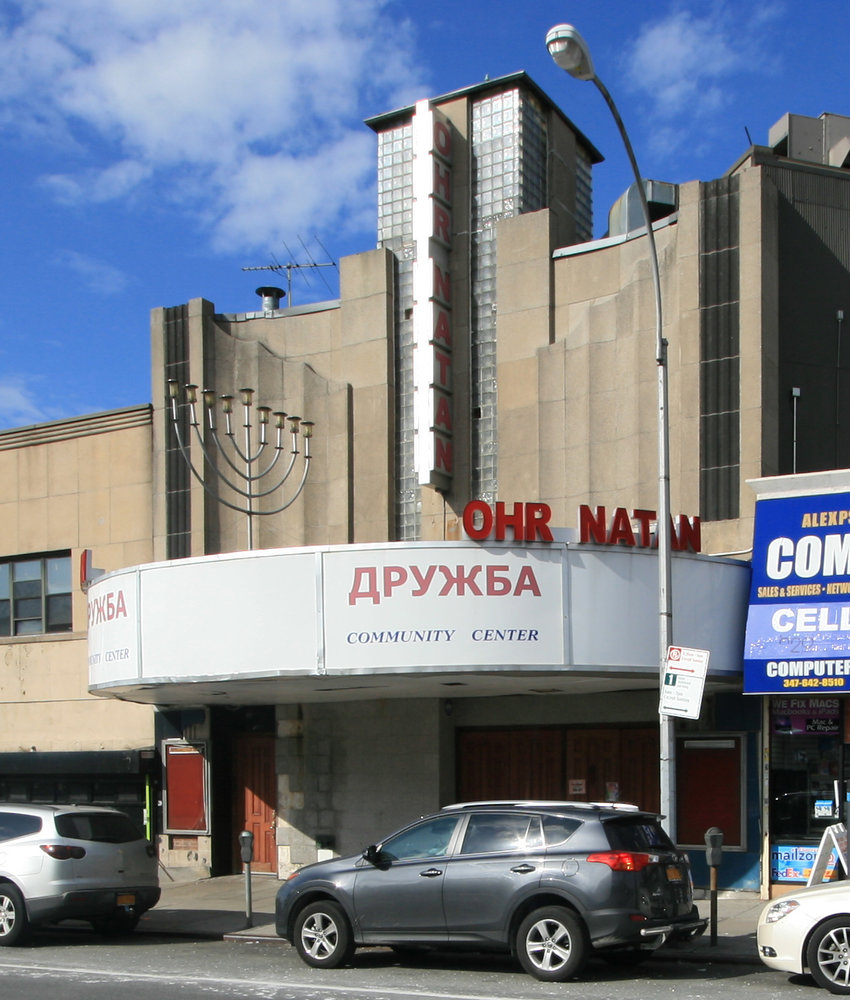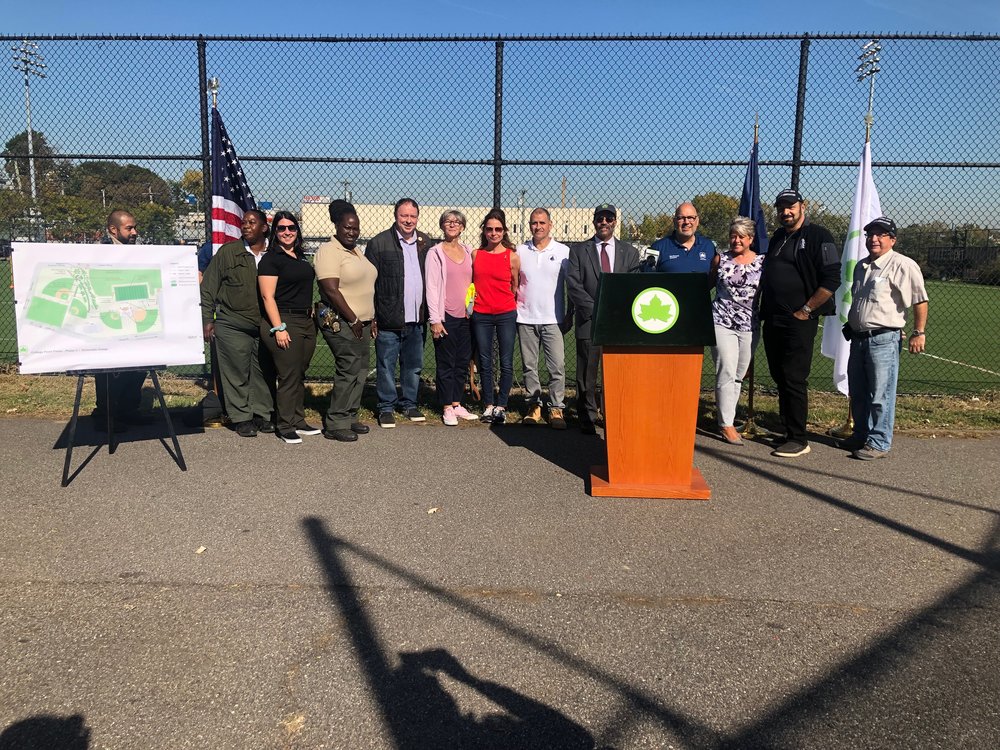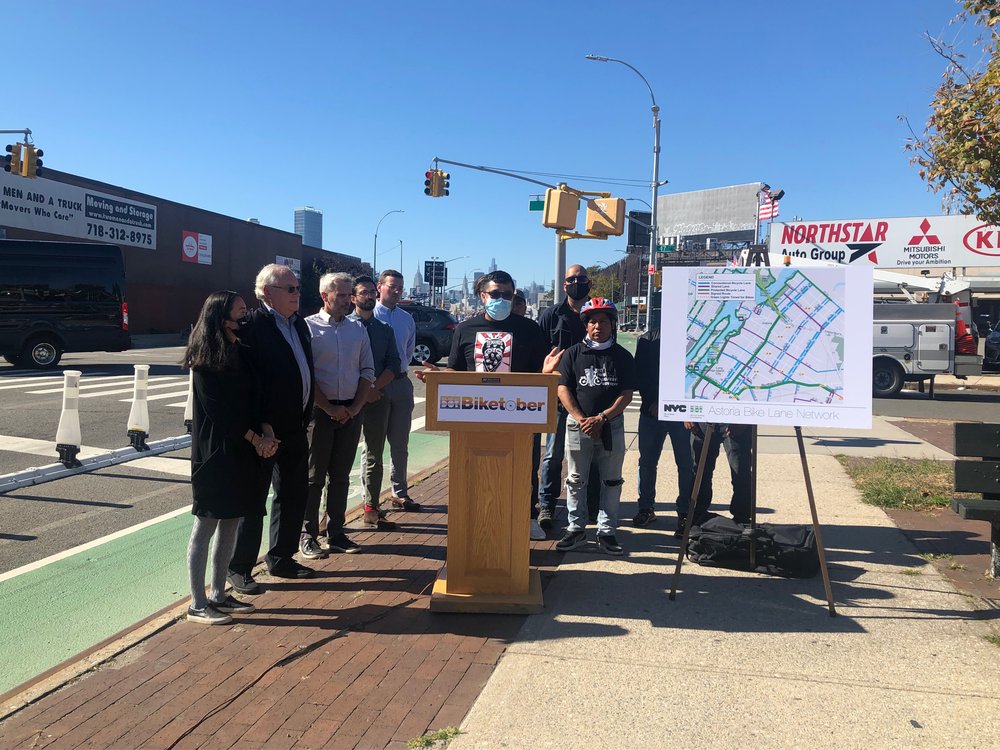Three candidates vying for an Astoria City Council seat faced off in a pair of debates less than 24 hours apart last week, giving their opinions on local issues just a week before voters go to the polls.
Tiffany Cabán, the winner of the Democratic primary, Felicia Kalan, the Republican candidate, and Edwin DeJesus, who is running as an independent, are all on the ballot for a seat that has been vacant since the departure of Costa Constantinides.
Among the topics discussed were vaccination mandates, public safety concerns and the city’s recent elimination of the Gifted and Talented programs in schools.
“If it saves lives, it’s worth doing,” Caban said of the mandates. “We’ve got to do it.”
Kalan and DeJesus disagreed, with the Republican candidate unsettled with people losing their jobs or not having access to education based on their vaccination status.
Candidates were asked about the uptick in crime and gang-related violence in the 114th Precinct, which Kalan stated was the most important issue in the race.
“We pay a $98 billion budget, and I think public safety is a basic city service,” said Kalan. “First of all, we cannot be defunding the police. We should be investing in crime prevention. I think the best way we can do that is through investing in education and economic opportunities for people.”
Cabán shared concerns of public safety, but focused on the efficacy of the NYPD and said violence is up due to the ongoing economic crisis.
“Why we pump more money into a police force that is proven to disproportionately brutalize black and brown folks and also not get good public safety results is beyond me,” she said.
Cabán said she agreed with the decision of the outgoing mayor to phase out the Gifted and Talented program, favoring a holistic learning environment for students.
“We have really encouraged this scarcity mentality where parents and students are fighting over limited resources, when the fact is we have almost a $90 billion budget and we need to be pumping more of it into our schools so that every single child has the opportunity to learn and thrive,” she said, “no matter their ability, no matter the manner in which they learn.”
Kalan said that she is against eliminating the program and would rather see it expanded.
“I think this just goes to show why the mayor should not have full control over the education system,” said Kalan. “I actually didn’t have my daughter take the test because we love our school, but I don’t want to take opportunities away from other children.”
DeJesus disagreed.
“I think it was a huge mistake,” he said. “I think we should have expanded the Gifted and Talented programs. It shouldn’t have been all or nothing.”
Pressed about the selection of community board members, the candidates gave different views on how to increase civic engagement.
“I think that we need a commitment to making sure that there is a diverse cross-section of folks represented on the community board,” said Caban. “We can’t ignore the fact that there are folks that have lacked representation on our community boards for a long time.”
DeJesus said residents that haven’t lived in a neighborhood for at least five years should be barred from serving on a community board.
“We need to have more representation from people who have been living in Astoria their entire lives, such as myself,” said the 24-year-old Astoria native. “Whether you’re from Richmond Hill like Tiffany Cabán or Ohio like Felicia Kalan, that’s totally fine, but we have to make sure that people have been living here for at least five years. That’s how we get seniors involved, the disabled community involved, veterans involved, but also young people like myself.”
Kalan corrected the record, saying she was born in Indiana, but said her heart is in Astoria where she raises her two children.
“I actually tried to get on the community board, funny enough, just a few years ago and I was not able to do that,” she said. “I don’t think that who is on the community board should be determined by a City Council person.”
When asked about the protected bike lanes on Crescent Street, candidates offered their views on bicycle infrastructure throughout the city.
DeJesus said his primary mode of transportation is by bike, and he would want to expand biking in general.
Kalan said she was not in favor of the Crescent Street bike lanes due to the fact it eliminates parking in front of the emergency room at Mt. Sinai Hospital.
“I can’t think of a single person I know who is for the bike lane on Crescent Street,” said Kalan. “I think we should be engaging the community.”
Cabán said that the Crescent Street bike lane has to be “better protected,” and that expanding the bike lane infrastructure is critical to combating the climate crisis.
“We will not have a world to hand off to our children or our children’s children if we don’t change the way that we live right now,” said Cabán. “The government’s job is to create the infrastructure so that those changes are incentivized.”
Cabán added that planning where bike lanes are placed is often reactionary rather than strategic.
“Too often, not just here but around the city, we’ll get a bike lane put in after someone dies, rather than being proactive and looking at the connectivity and where it makes sense to do these bike lanes,” said Caban.


